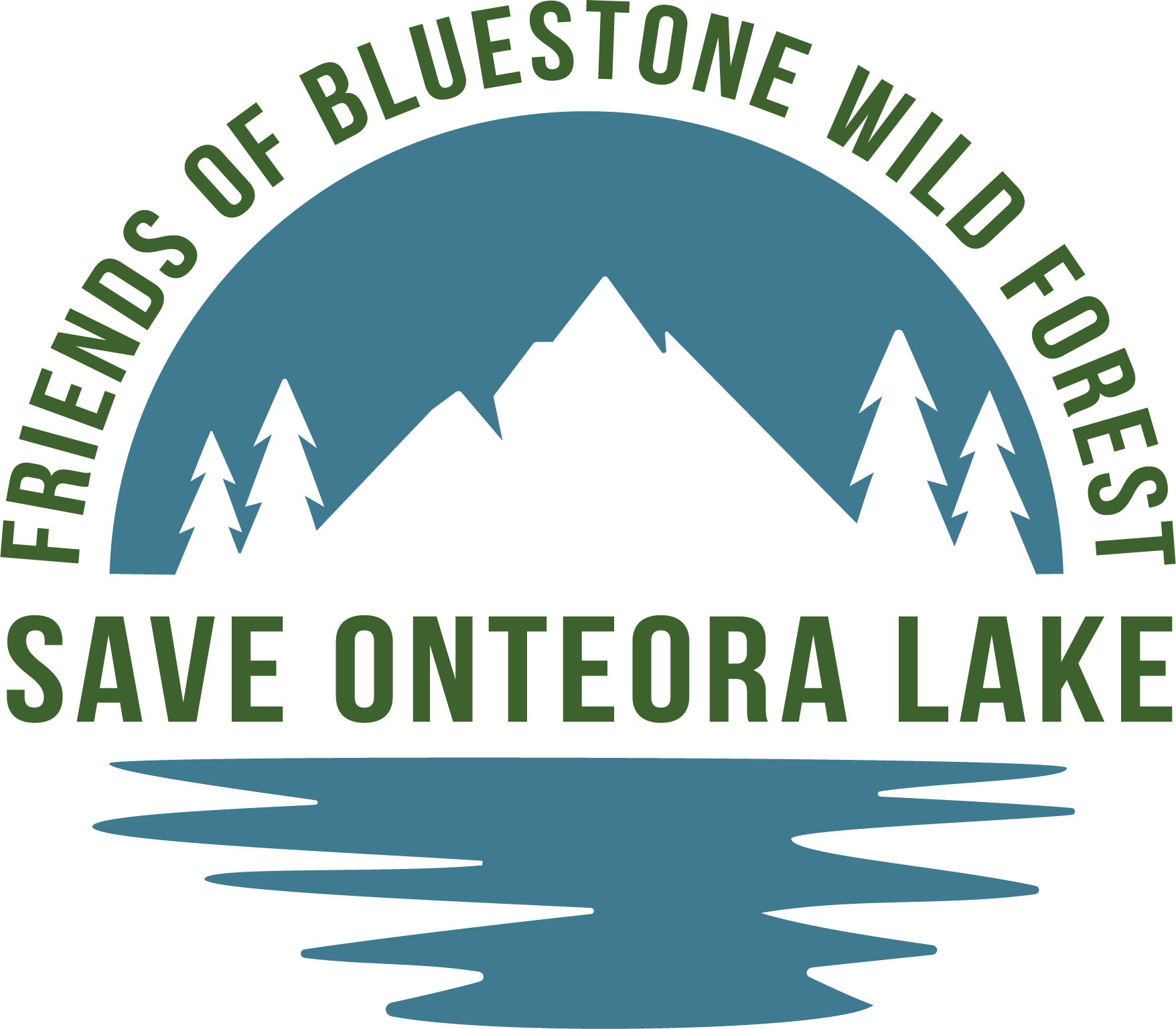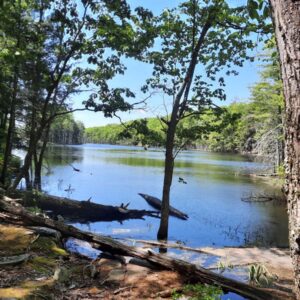Save Onteora Lake & Bluestone Wild Forest.
For All of Us
Onteora Lake and the Bluestone Wild Forest could soon be places that you may not want to visit. Blasting of rock, crushing of rock, the sound of massive trucks arriving and leaving all day and late into the evening could make visiting, hiking, swimming, and fishing a thing of the past. Creatures that inhabit these woods will feel these affects as well. Let’s stop this from happening. Let’s protect this valuable resource for our children and grandchildren.
Photo credit: Greg Miller, Open Space Institute.
Please help cover the cost of legal fees and other necessary expenses.
Please note: Your donation will only be used for the Save Onteora Lake effort. All donations are processed by Woodstock Land Conservancy and are considered TAX DEDUCTIBLE.
PLEASE ADD “ONTEORA LAKE” AS A NOTE TO YOUR PAYMENT.
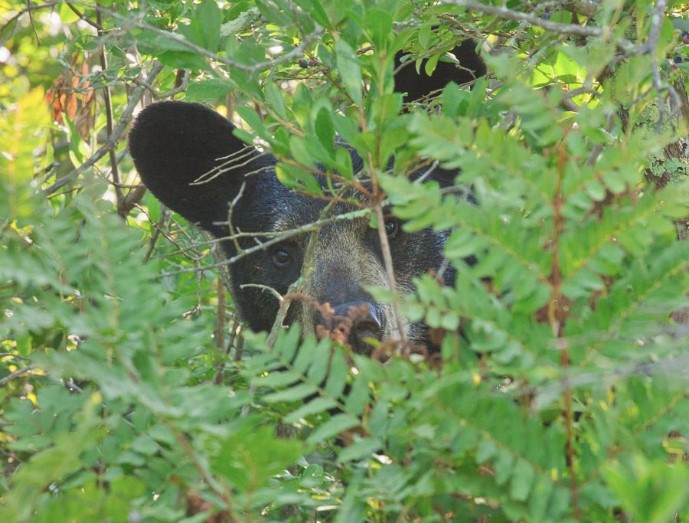
WILDLIFE
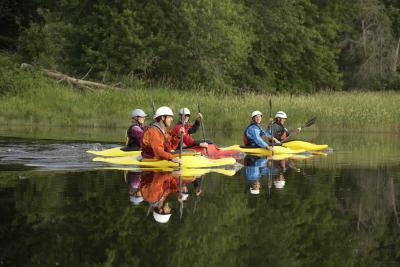
RECREATION
Located at one of the most popular gateways to the Catskill Forest Preserve, the Bluestone Wild Forest has an extensive multi-recreational trail system, used by hikers, cross country skiers and mountain bikers alike. Its Onteora Lake is one of the few publicly-accessible lakes in the area and it affords opportunities for swimming, boating, ice skating and fishing. It also has an accessible trail between the parking area and Onteora Lake, and its picnic tables. Many people enjoy its quiet forested, marshy, rocky habitat that is home to varied wildlife. Recreational users are made up of locals, as well as visitors to the Catskill Park.
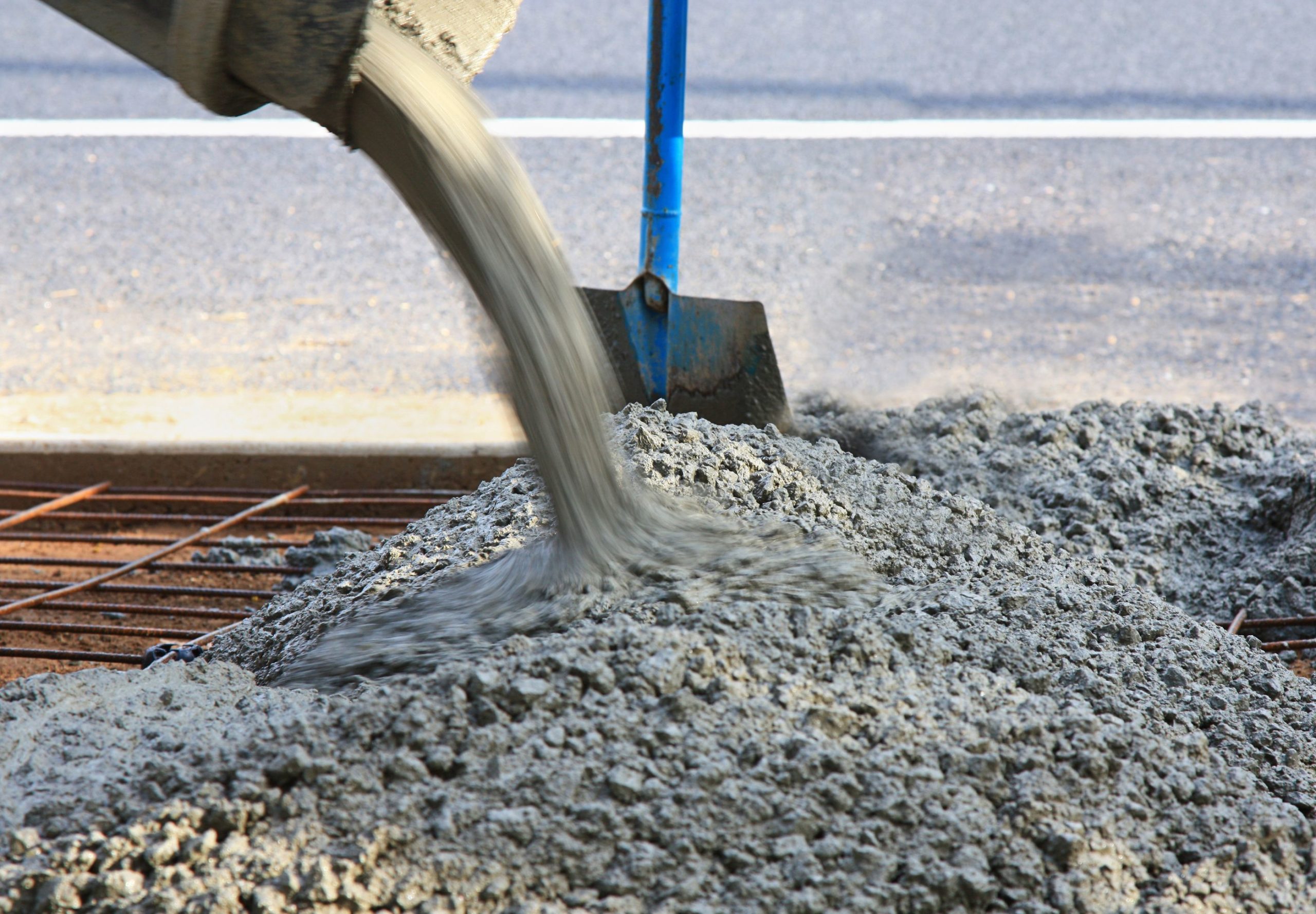
POLLUTION
The production of cement concrete releases greenhouse gas emissions both directly and indirectly: the heating of limestone releases CO2 directly, while the burning of fossil fuels to heat the kiln indirectly results in CO2 emissions. Construction of the Project will be phased over several years and will potentially include significant amounts of blasting, rock crushing, idling trucks and their traffic, other noisy activities and significant harmful dust that does not respect borders. Visitors will breathe in dust that the NYS Bluestone Association says has: ” Health hazards; acute and chronic: Dust may irritate the eyes and/or skin, expected to be non-toxic. Chronic exposure to breathing in rock dust in excess of TLV can cause pneumoconiosis or silicosis.
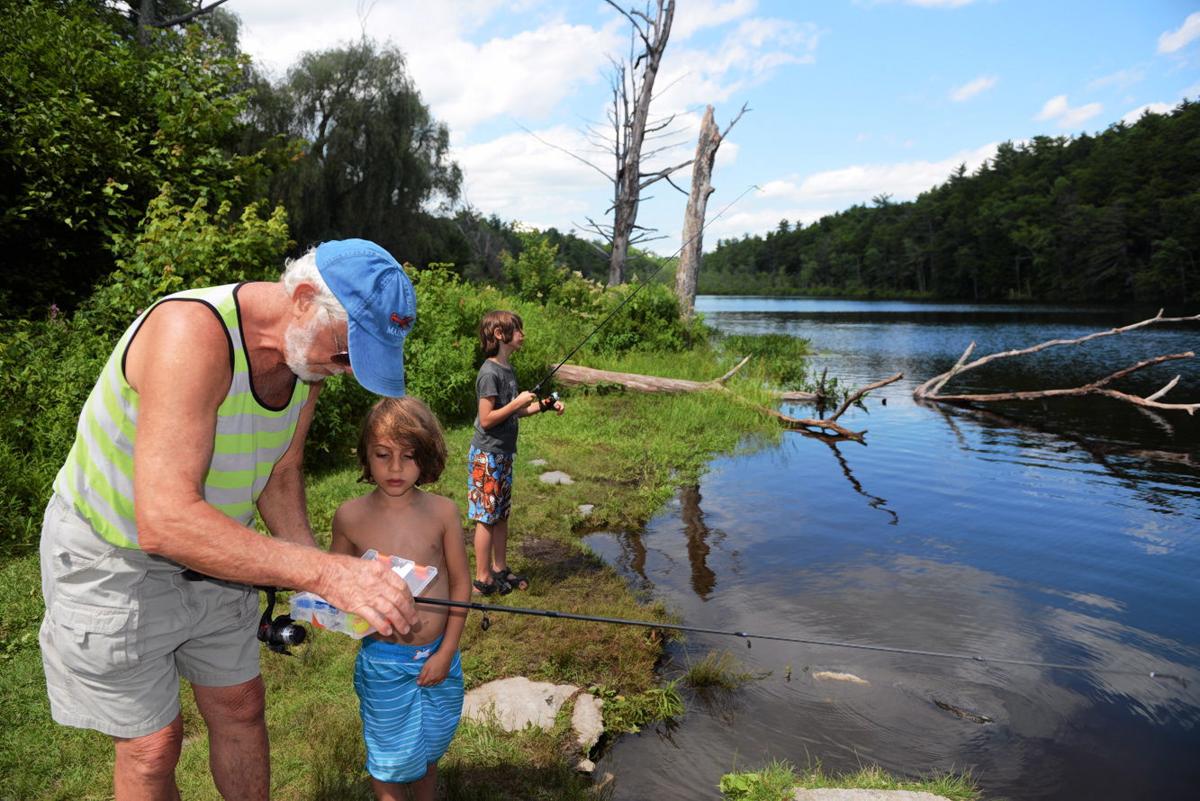
COMMUNITY CHARACTER
This project will have a profound effect on the public’s enjoyment of and the character of the quiet, natural Bluestone Wild Forest which surrounds it. It is inconsistent in character to the existing natural landscape. Nowhere in the application documents is this addressed. In fact, in part II of the Environmental Assessment Form (EAF), the applicant states that the project will have no impact on the aesthetic, visual, or scenic resources, or diminish the public’s enjoyment, of the lands which surround it.
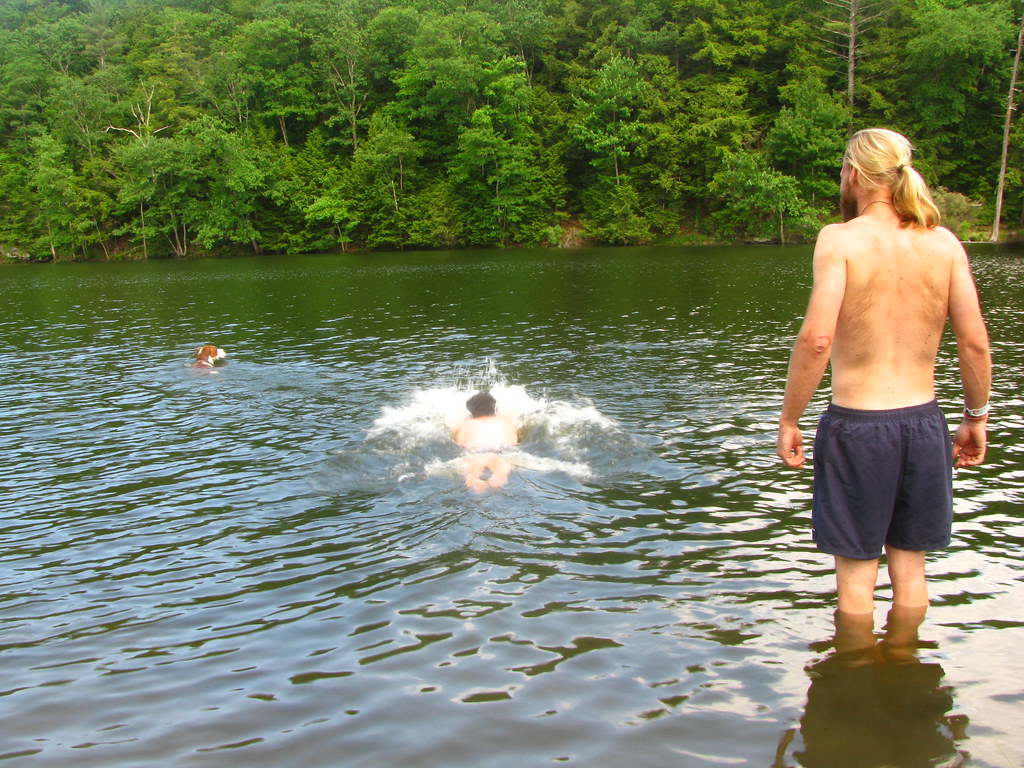
WATER QUALITY
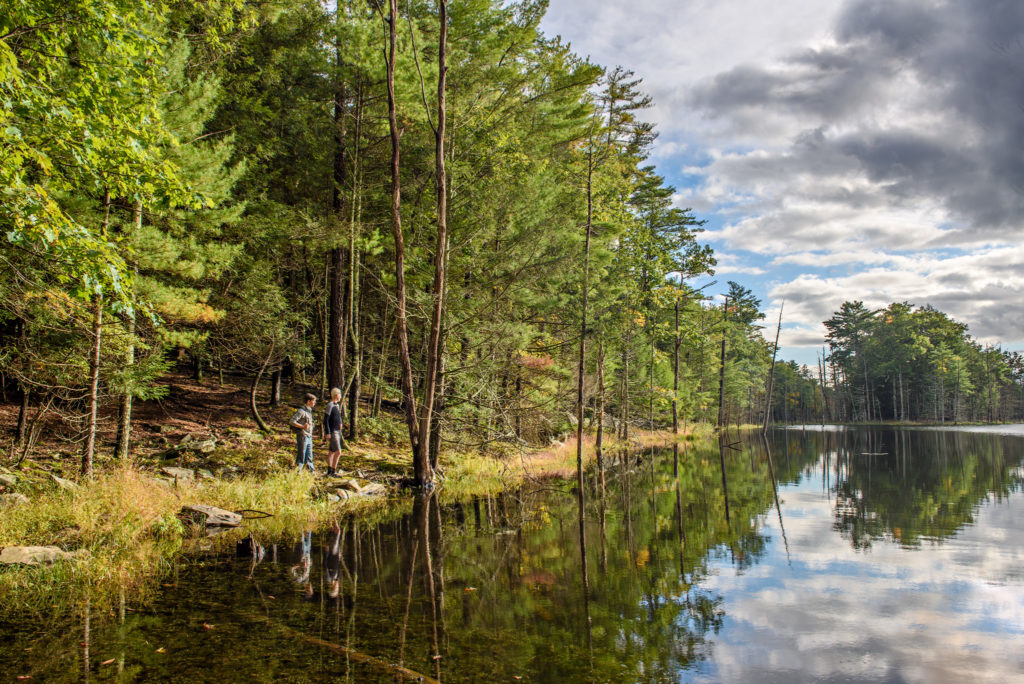
AESTHETIC IMPACT
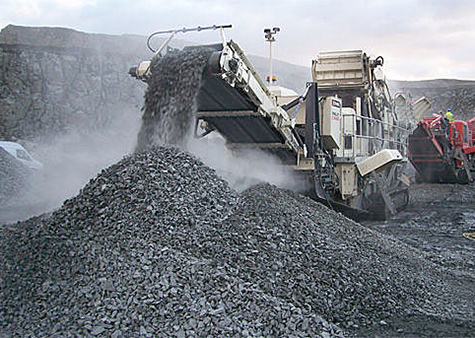
EXCESSIVE NOISE
Construction of the Project will be phased over several years and will potentially include significant amounts of blasting, rock crushing, and numerous tractor trailer trucks in and out of the site and idling. Applicant commissioned H2H Associates to conduct a noise study to identify and evaluate potential impacts from the Project. According to the study, a rock crusher causes sounds of up to 96 decibels at a distance of 100 feet, a distance well within range of the proposed recreational trails on the Addition property. In addition, the developer wants to have rock blasting approved for four years.

